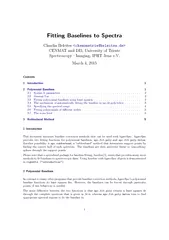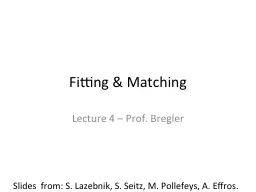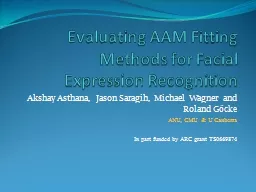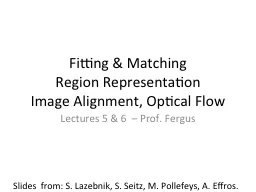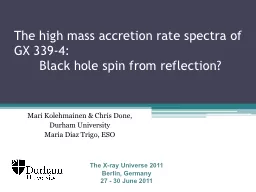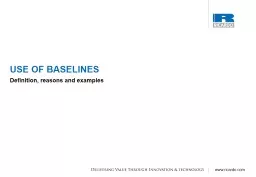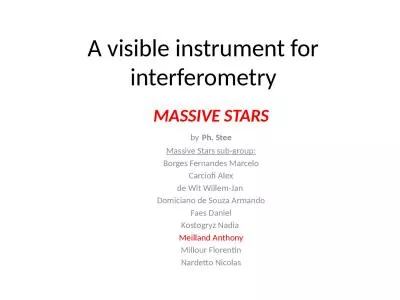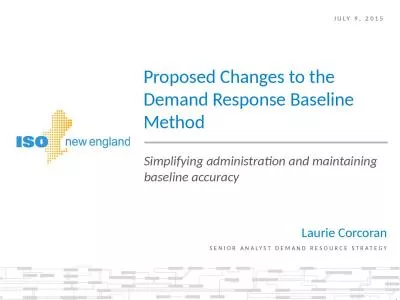PDF-Fitting Baselines to Spectra Claudia Beleites CENMAT a
Author : tawny-fly | Published Date : 2015-05-04
V March 4 2015 Contents 1 Introduction 2 Polynomial Baselines 21 Syntax parameters 2 22 General Use 2 23 Fitting polynomial baselines using least squares
Presentation Embed Code
Download Presentation
Download Presentation The PPT/PDF document "Fitting Baselines to Spectra Claudia Bel..." is the property of its rightful owner. Permission is granted to download and print the materials on this website for personal, non-commercial use only, and to display it on your personal computer provided you do not modify the materials and that you retain all copyright notices contained in the materials. By downloading content from our website, you accept the terms of this agreement.
Fitting Baselines to Spectra Claudia Beleites CENMAT a: Transcript
Download Rules Of Document
"Fitting Baselines to Spectra Claudia Beleites CENMAT a"The content belongs to its owner. You may download and print it for personal use, without modification, and keep all copyright notices. By downloading, you agree to these terms.
Related Documents

